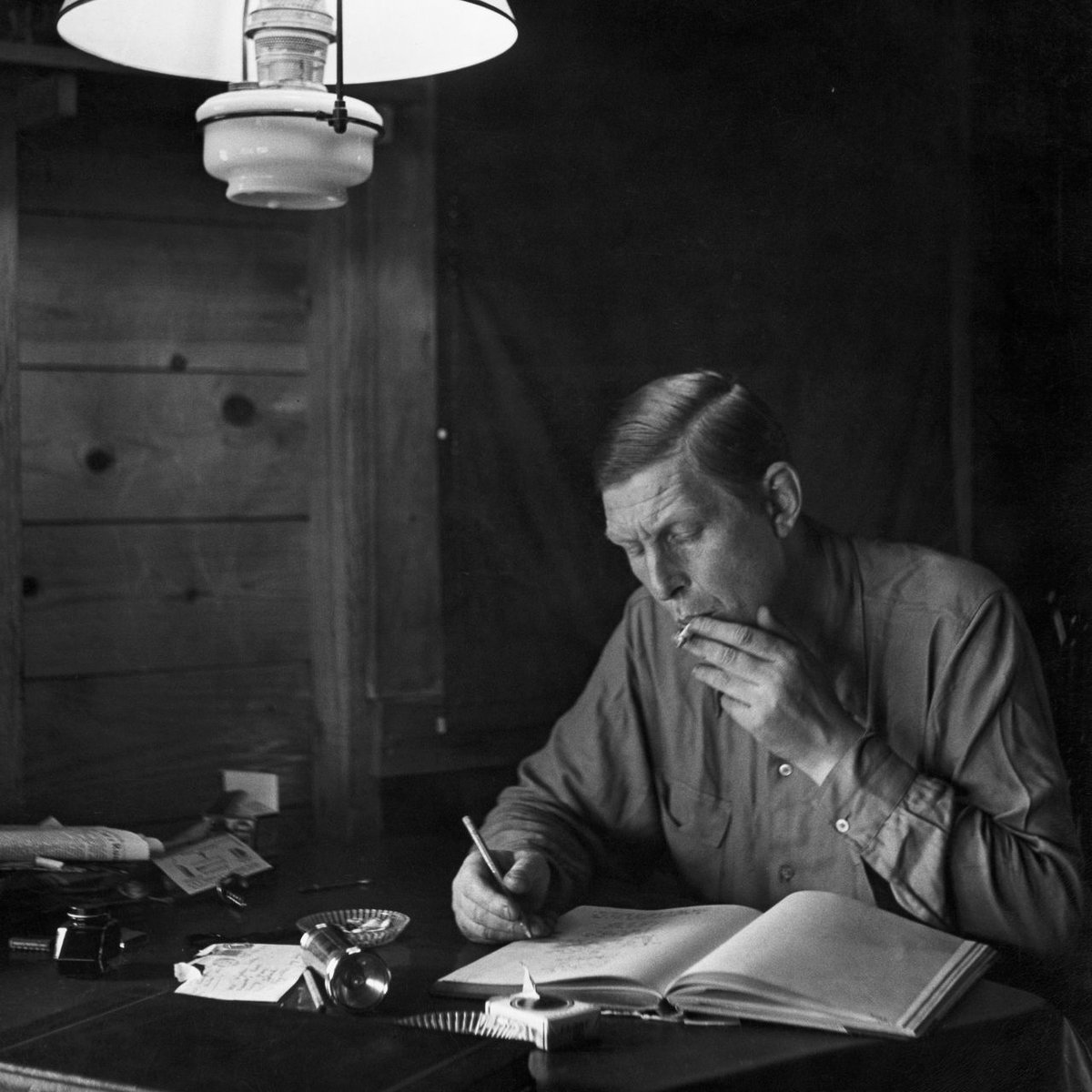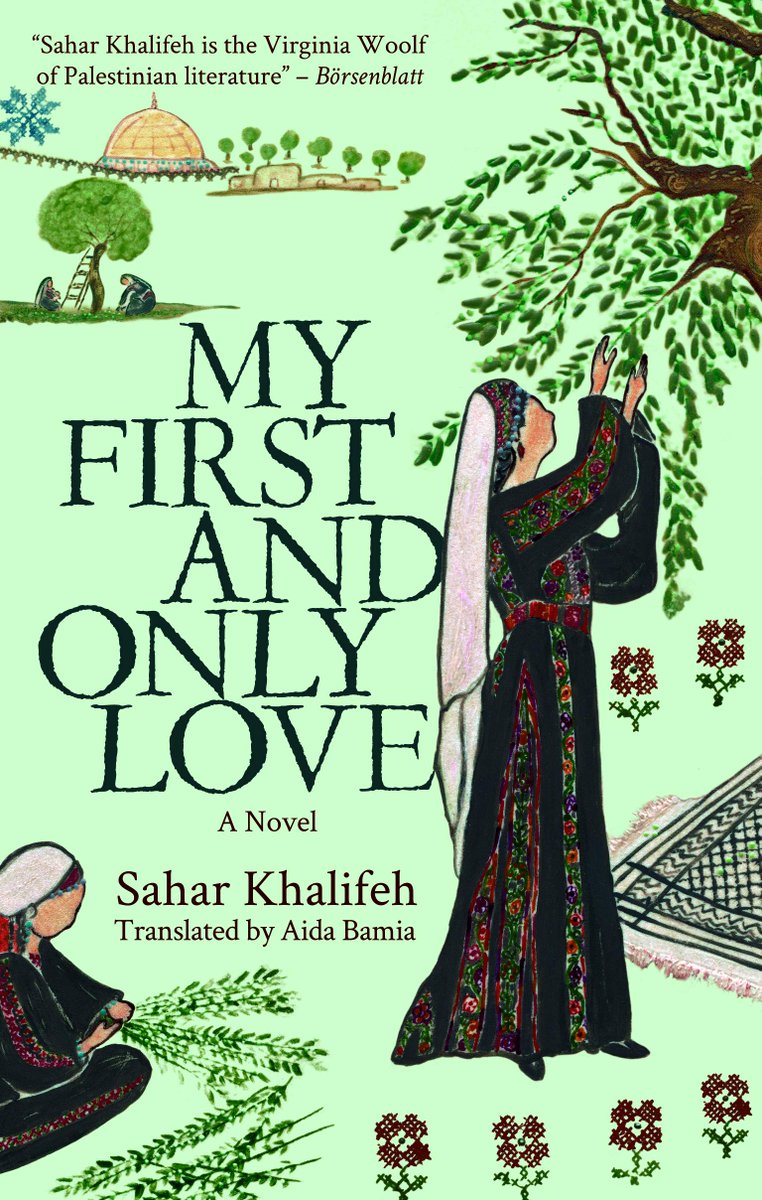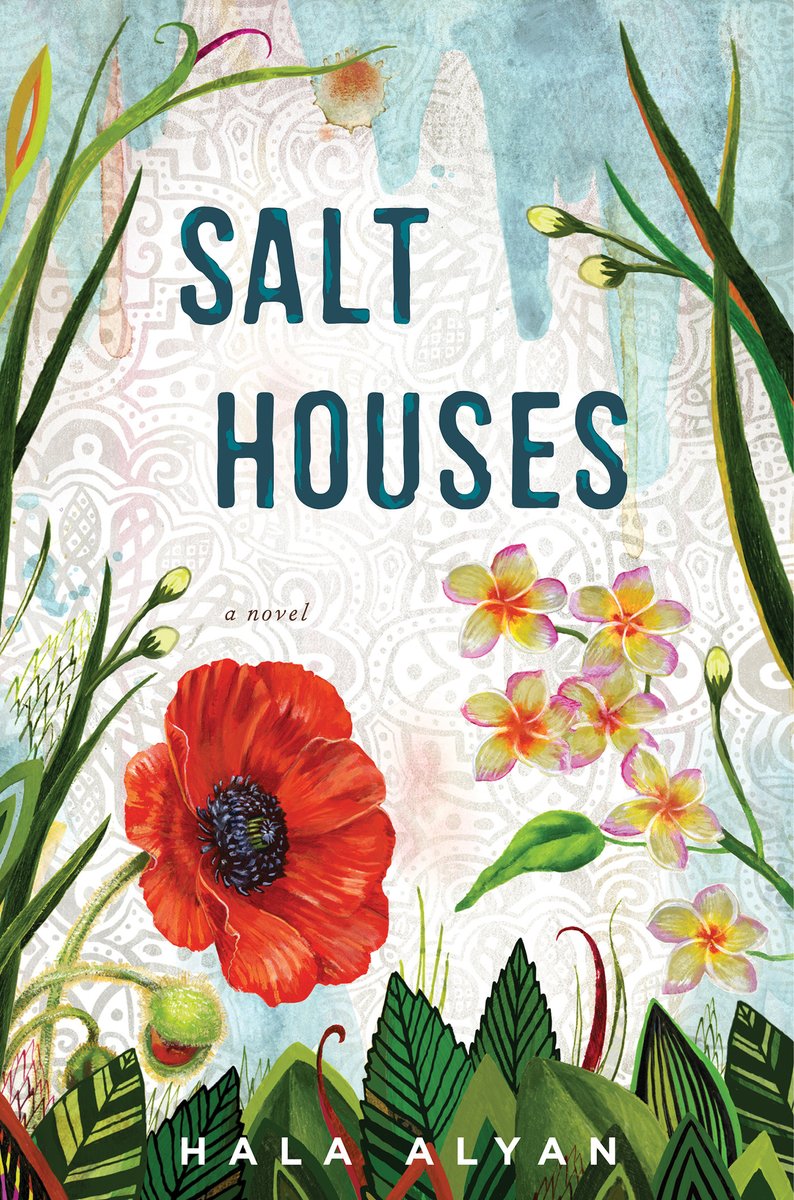For #BookWormSat theme of the sea:
a 🧵 on one of my favorite #Tolkien's poems, The Sea-Bell (Frodos Dreme). First published on 18 January 1934 in The Oxford Magazine, it has themes like dream, mortality and alienation; beginning with a shell that emits the sound of the sea. 1/8
a 🧵 on one of my favorite #Tolkien's poems, The Sea-Bell (Frodos Dreme). First published on 18 January 1934 in The Oxford Magazine, it has themes like dream, mortality and alienation; beginning with a shell that emits the sound of the sea. 1/8

A stranger found a white shell on the beach. When he put it on his ears, he heard the distant sounds of harbors and the seas. He saw "a boat, silently float/on the night-tide, empty and grey." It took him to a strange land where the inhabitants fled upon seeing him. 2/8
He climbed a mound and made himself a king, but darkness descended upon him, turning him "blinded and bent." He dwelt in the forest "wandering in wit", growing old and weary. A year and a day later, the ship returned and he boarded it to his own land. 3/8
When he returned, he found the same shell, but he could no longer hear the sounds of harbors and seas. The poem ended with him talking to himself, wearing ragged outfit, on the alleys and streets. 4/8
"Never will my ear that bell hear,
never my feet that shore thread,
never again, as in sad lane,
in blind alley and in long street
ragged I walk. To myself I talk;
for still they speak not, men that I meet."
5/8
never my feet that shore thread,
never again, as in sad lane,
in blind alley and in long street
ragged I walk. To myself I talk;
for still they speak not, men that I meet."
5/8
The words "Frodos Dreme", which were later scrawled at the head of the poem, suggesting that Frodo might write it, representing the inherent distrust for the Sea, the "wandering-madness", and anything that was not part of the Shire. 6/8
W. H. Auden wrote to Tolkien, telling him it was a fine poetic work. Tolkien replied that the praise "really made me wag my tail." Prof. Verlyn Flieger called it a cry of longing for lost beauty, relating it it to the alienation Tolkien's generation felt after the war. 7/8 

The poem also mentions "gladdon-swords guarded the fords". Gladdon-swords refer to the leaves of yellow irises, which gave the echo of Gladden Fields, a marshy area where Isildur met his death (yellow irises grow near ponds, streams, waterways, and wet woodlands). 8/8 

• • •
Missing some Tweet in this thread? You can try to
force a refresh





















